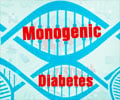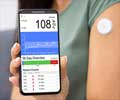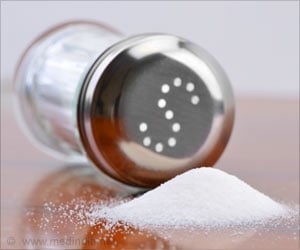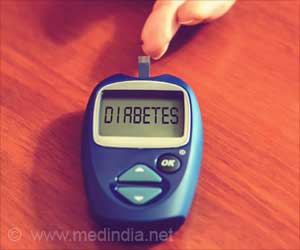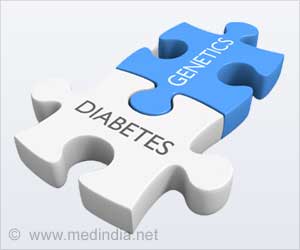Either decreased production of insulin or increased resistance to it from peripheral tissues or both factors combined together leads to diabetes.
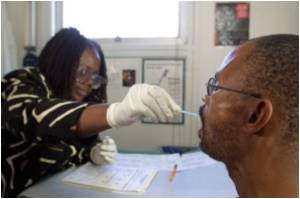
This paper will be published on May 14, 2010 in World Journal of Gastroenterology.Research was conducted by Li Z and his colleagues in Southern Medical University, Institute of Basic Medical Anatomy National Key Disciplines. The article further articulates the relationship of PDX-1 expression and pancreatic β-cells regeneration to the effect of RYGB surgery to treat T2DM. Findings of this study advanced a new basis for a surgical management to treat T2DM in human beings and explain mechanism of the post-surgical nesidioblastosis that occurs among RYGB patient. Findings of the study also showed that the RYGB could significantly increase the post surgical expression of PDX-1 and promotes regeneration of β-Cells in GK rats. GK rat is a non-obese genetically diabetic animal model commonly used to simulate human diabetes in the laboratory. This study was conducted using three groups of GK rats, RYGB surgery groups and two control groups. Post-surgically, each group was subjected to quantitative analysis of PDX-1 and pancreatic β-cells and result showed significant increase in the expression of PDX-1 as well as regeneration of β-cells in the RYGB surgery group compared to control groups. These findings provided concrete evidence to explain that the increased expression of the PDX-1 and regeneration β-cells are the associated mechanisms of RYGB surgery to treat T2DM. This study could be a turning point and takes diabetic related studies to a new path to develop a curative treatment for diabetes.
Source-Eurekalert
RAS







